“Wait and just drift,” says Ramon. We stop paddling, but we’re not sure why. We’re in the middle of a turquoise patch of water between Isla Danzante and Isla del Carmen. It’s a gorgeous color, but it’s been that color all day. But Ramon said stop paddling, so we stop.
Two minutes later, we know why. A series of small puffs of air start popping out of the water about a football field to our north. They’re coming closer. They have smooth, dark heads, and soon, tails pop up as they dive. They’re bottlenose dolphins. About 10 of them pass a kayak’s length in front of us, unconcerned about our brightly colored fiberglass kayaks or our clicking cameras.
How Ramon knew they’d come this way is a mystery. But Ramon lives in Loreto and guides in Baja’s Gulf of California all the time. Knowing when dolphins are likely to be moving down the coast is like knowing what time the neighbor takes his dog for a walk. It’s just part of the fabric of Baja.

Loreto, Baja California Sur, is a one-traffic-light town nestled between the Sierra La Giganta Mountains and the Parque Nacional Bahia de Loreto (Bay of Loreto National Park or PNBL) on the Gulf of California, which Jacques Cousteau described as “the world’s aquarium.”
The Parque Nacional Bahia de Loreto formed in 1996. It’s the first national park in Mexico initiated by local residents, who have recognized ecotourism as key to the local long-term economy. Not to mention, 244 islands and islets in the Gulf of California, including all those in the national park, are UNESCO World Heritage Sites. In 2023, two more parks were created. In 1996, there were 12 kayak companies dipping their paddles in the water, but they were mostly foreign-owned. Today, three of the sea kayak companies in the area are based out of Loreto. They offer a range of experiences, from motor-supported trips in forgiving double kayaks to skill-building expedition-style paddling in sporty British-style touring boats.
Kayaking in Baja on your own can be tricky. The fearsome “el Norte” wind is fickle, and on-water weather forecasts are sketchy to nonexistent. The last nautical charts were surveyed in 1893. Park permits and camping require coordination with the Park management and harbormaster (who will close the waters when wind builds), which means local knowledge and fluent Spanish are vital. So, for most paddlers, the best way to experience the sea around Loreto is a guided sea kayak trip.
When you trade your warm slippers for flip-flops to escape the winter, here are some of the best kayaking adventures out of Loreto and beyond in Baja California Sur, Mexico.
6 Spectacular Kayaking Experiences You’ll Only Find In Loreto And Baja California Sur
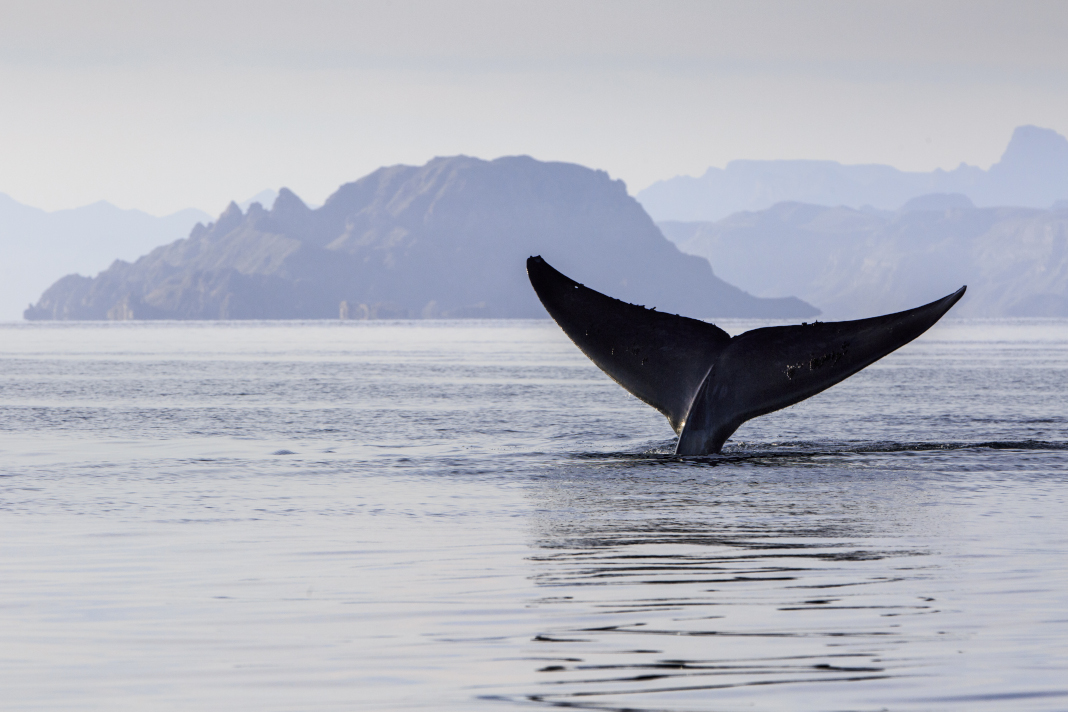
Isla Del Carmen Journey
Sea Kayak Baja Mexico
Isla del Carmen is the heart of the Park, visible from Loreto. This 60-mile-around island contains dramatic cliffs, beaches, sea caves, marine fossils, bighorn sheep, a giant sand dune, a ghost town, rare plants and an endlessly varied coastline. In spring, it’s the northern end of the “whale triangle” where fin and blue whales are often spotted, along with dolphins, sea turtles, blue-footed boobies, and other wildlife. Ten days lets you immerse yourself in the Park in a self-contained world. One where tasty meals come out of kayak hatches while circumnavigating the centerpiece of the Park.
Trip length: 10 days
Recommended experience level: Intermediate paddlers comfortable spending half the day paddling

Baja Marine Wildlife Safari
Sea Kayak Adventures
If you’re obsessed with large animals, this trip is for you. The Baja Marine Wildlife Safari combines a five-day paddle along the coast of Isla Espiritu Santo with whale watching in Magdalena Bay and seeking out whale sharks out of La Paz. You’ll hopscotch around Southern Baja before starting a five-day powerboat-supported paddle along the shores of Espiritu Santo out of La Paz.
Trip length: 9 days
Recommended experience level: Beginner-friendly
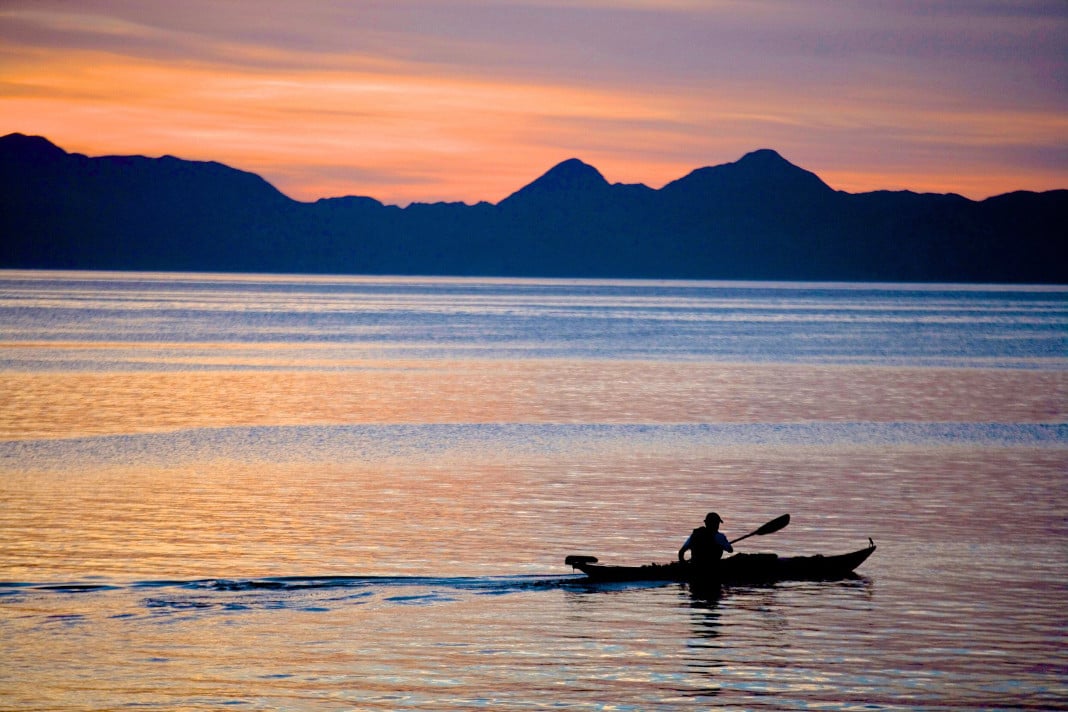
Embark On Coastal Wilderness
Paddling South
The rugged surroundings of Conception Bay have helped the stretch from Mulege to Loreto remain one of the most remote coastlines in the region. The expedition from Mulego to Loreto crosses the bay to the eastern peninsula that cuts it from the Gulf of California. Once you find yourself on this eastern edge of Baja California Sur, you’ll’ paddle to immaculate campsites beneath mountainous backdrops, land at seldom-visited fishing camps, tuck into hidden desert coves, and hike to unforgettable lookouts as you make the voyage 80 miles south to Loreto.
Trip length: 10 Days
Recommended experience level: Intermediate to advanced
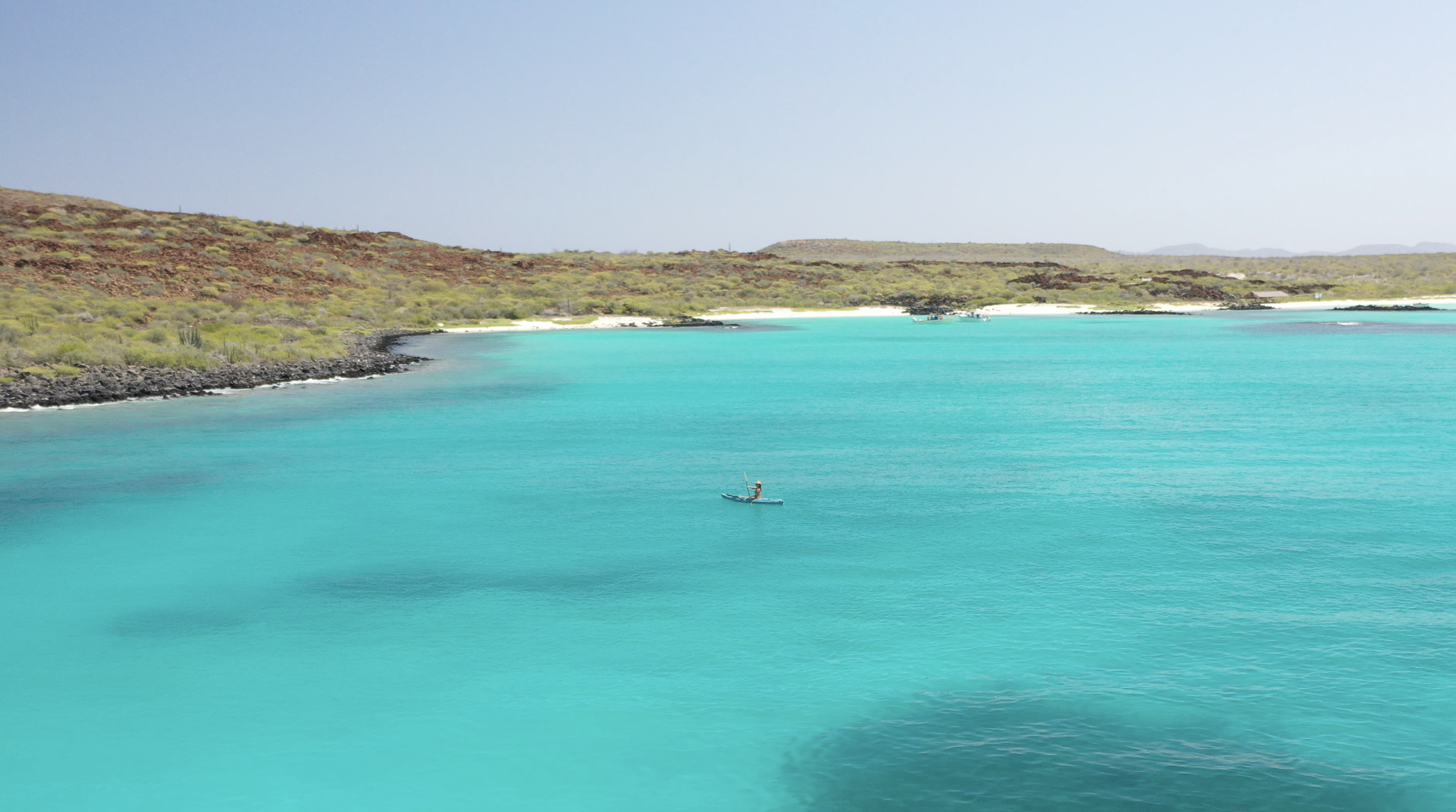
Isla Espiritu Santo Kayak Sojourn
Sea Kayak Adventures
Off the coast of La Paz, Isla Espiritu Santo is popular for a good reason. It’s a deeply scalloped island with a mix of coves and jutting headlands. This powerboat-supported trip mixes paddling, hiking, snorkeling, visits to a sea lion colony and a chance to snorkel with whale sharks.
Trip length: 5 days
Recommended experience level: Beginner-friendly
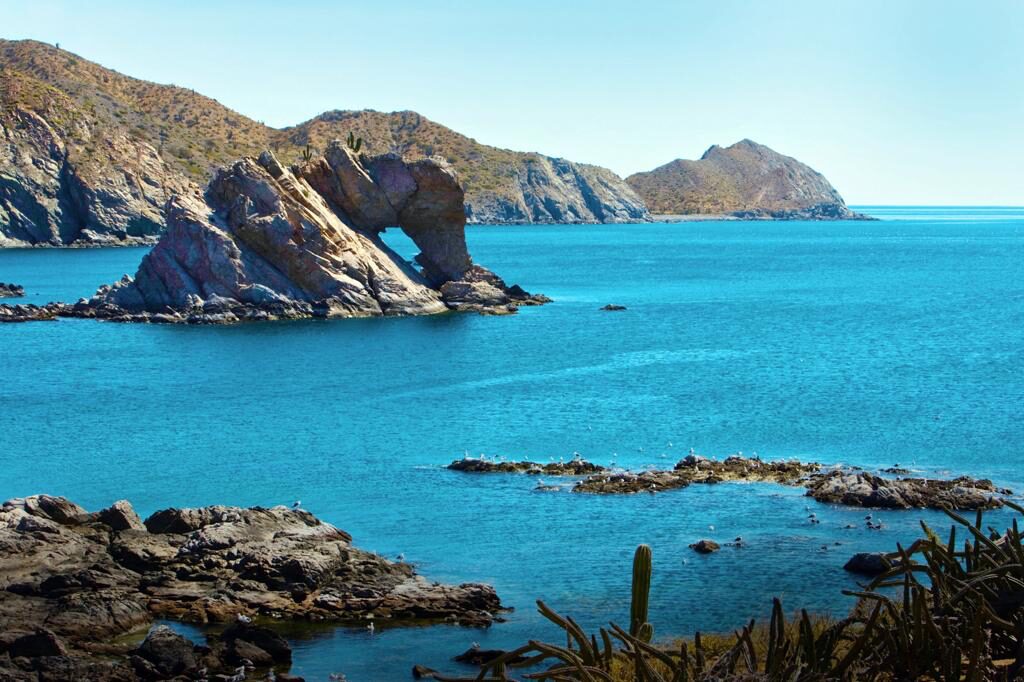
Coast & Islands
Paddling South
Hop in wide, stable double kayaks to explore the coast from Loreto southwards to the remote villages of San Cosme and Aqua Verde. Mix kayaking and snorkeling with learning about ranch and village life, culture and history from local-owner guides.
Trip length: 6 days
Recommended experience level: Beginner-friendly
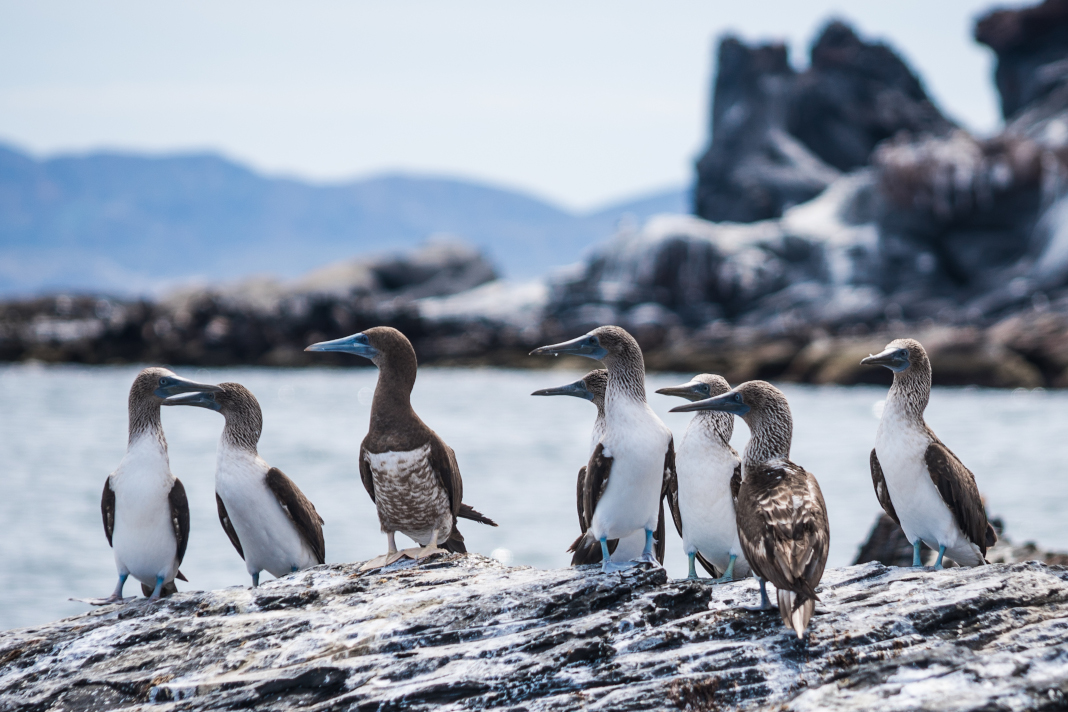
Magdalena Bay Waves & Wildlife
Sea Kayak Baja Mexico
The hop from Loreto to Baja’s west side takes you to a whole new world. Magdalena Bay, a large lagoon on the Pacific side, is a meeting spot of two major ocean currents, and wildlife of every kind is drawn to this nutrient-rich sea. Paddle through an intricate maze of bird-rich mangroves, visit frigatebird colonies and explore the ocean environment near the bay’s mouth. To top it off, get up close with the gray whales that come to Magdalena Bay and other Baja lagoons to mate and give birth. A motor support and resupply make paddling through this vast and varied area possible.
Trip length: 9 days
Recommended experience level: Intermediate, with some distance and challenging conditions.
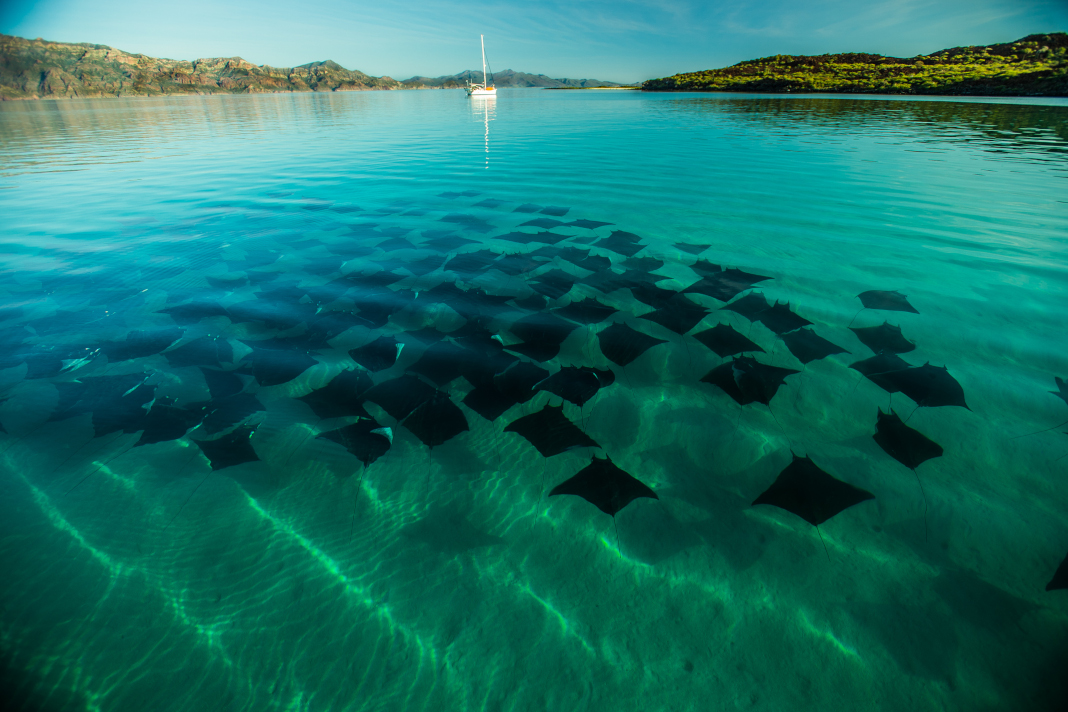
What About Kayaking Day Trips In Loreto?
The most immersive way to paddle in Baja is on multiday trips. There’s no match for sleeping on a sandy beach beneath a great swath of stars, seeing the islands lit up at sunset, or snorkeling between paddling and dinner. But day trips are an option if you’re squeezing in kayaking with other activities on your vacation.
The most common destination is Isla Coronados, a volcanic island closest to Loreto. Sea Kayak Baja Mexico does sunrise and sunset tours from Loreto, as well as custom trips for families and small groups.
The Best Time To Go Kayaking In Loreto And The Gulf Of California
Most northerners crave Baja when they’re scraping ice off their cars in midwinter. But the optimal times for kayaking in Baja are November, February and March. El Norte, a northerly wind that can blow the length of the Gulf of California, is the weather pattern that can create rough water and can be most intense in December and January.
November has the warmest water for snorkeling. Gray whales arrive in the west coast lagoons in late December and early January and stay until April. February and March often bring gigantic blue and fin whales into the Bay of Loreto. A highlight of March and April can be jumping mobula rays.
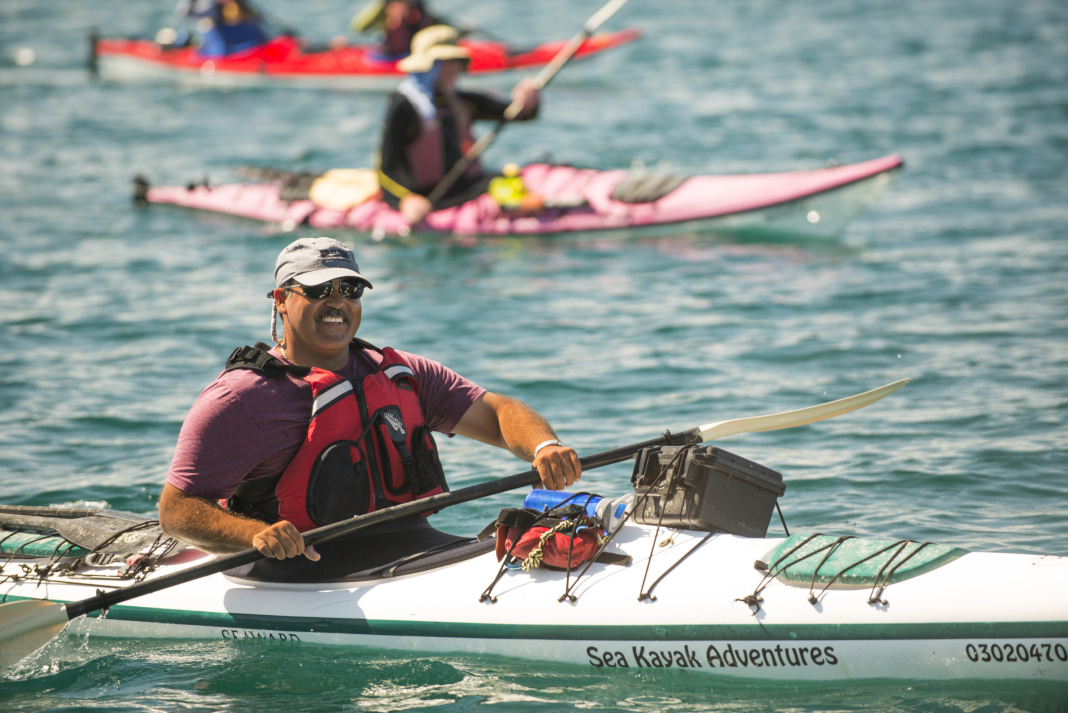
It’s Not Just The Kayak: Supporting Local Conservation
As Loreto embraced ecotourism, you too have a chance to make sure your tourist dollars support both wild places and local people. Recent years have seen the paddling community in Loreto engage more locals, both as guides and recreationally. This is helping reverse a trend where local residents thought of kayaking as only available to wealthy tourists. Before you book, ask a few questions:
Do they hire local guides? Seek out companies who employ local residents as guides. They’ll know the area better, and it helps keep your money supporting the local community.
Do they hire other locals? Who gets the jobs managing the team, maintaining the gear, administering rentals, driving shuttles, and all the other tasks associated with running a sea kayak operation? Does the money stay local or go to itinerant workers who will hop a flight out of town when the season ends?
Are they engaged locally? Is the company engaged in local conservation, science or community development? Do they support paddling programs for locals?
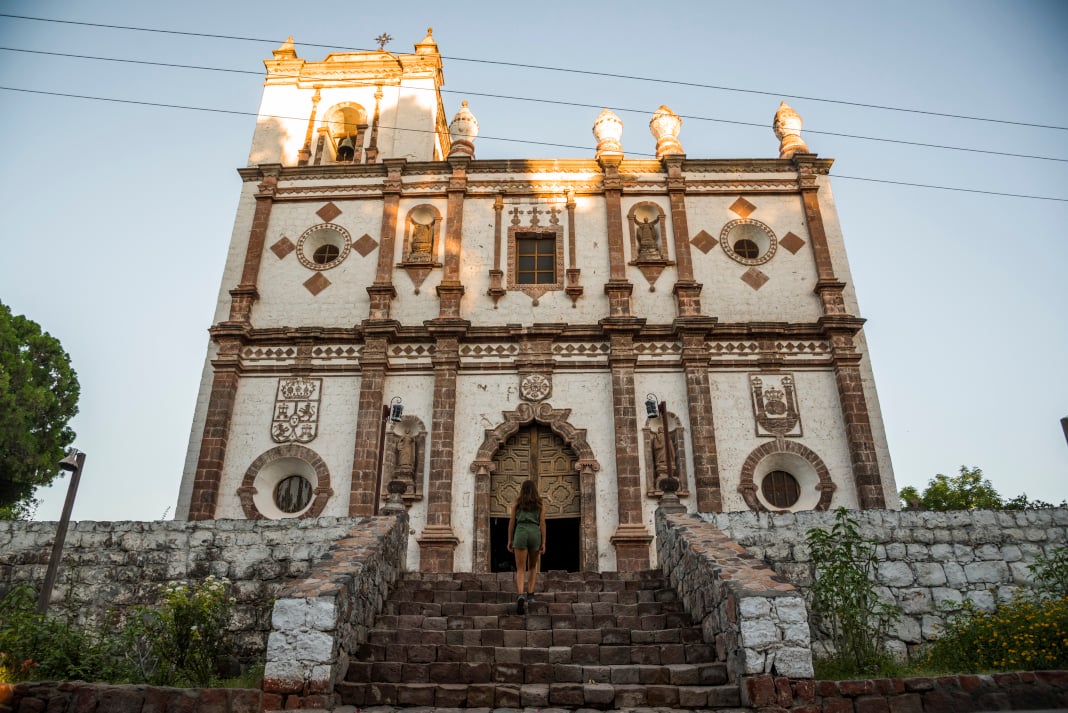
Loreto Kayaking Travel Logistics
Getting to Loreto
Alaska, American and Westjet fly to Loreto from the U.S. and Canada; Volaris flies from Mexico. Travelers from the U.S. can also fly Volaris in Tijuana using the Cross Border Xpress from San Diego. The Loreto airport is a few miles south of town and will require a taxi ride.
Lodging
Loreto has a number of hotels and good food to enjoy on either end of your trip. You’ll never eat better fish tacos.
Beyond Kayaking In Loreto
While you’re in Loreto, take a few more days to explore the old mission, stroll the town, enjoy local microbrews, or head out for other adventures in Baja and the Gulf of California. If the wind is up, surf your kayak amidst diving pelicans at Juncalito, explore the La Giganta mountains or read a book on the beach.
Learn more about your next kayaking trip to Loreto at Visit Baja California Sur.
Neil Schulman is a writer and photographer based out of Portland, Oregon, who has kayaked and photographed in Baja. Ginni Callahan is a Loreto resident, BCU 5-star kayaker, owner of Sea Kayak Baja Mexico, member of the advisory board for the PNBL and founder of Club Nómadas de Loreto—a club dedicated to community education, water access and conservation.


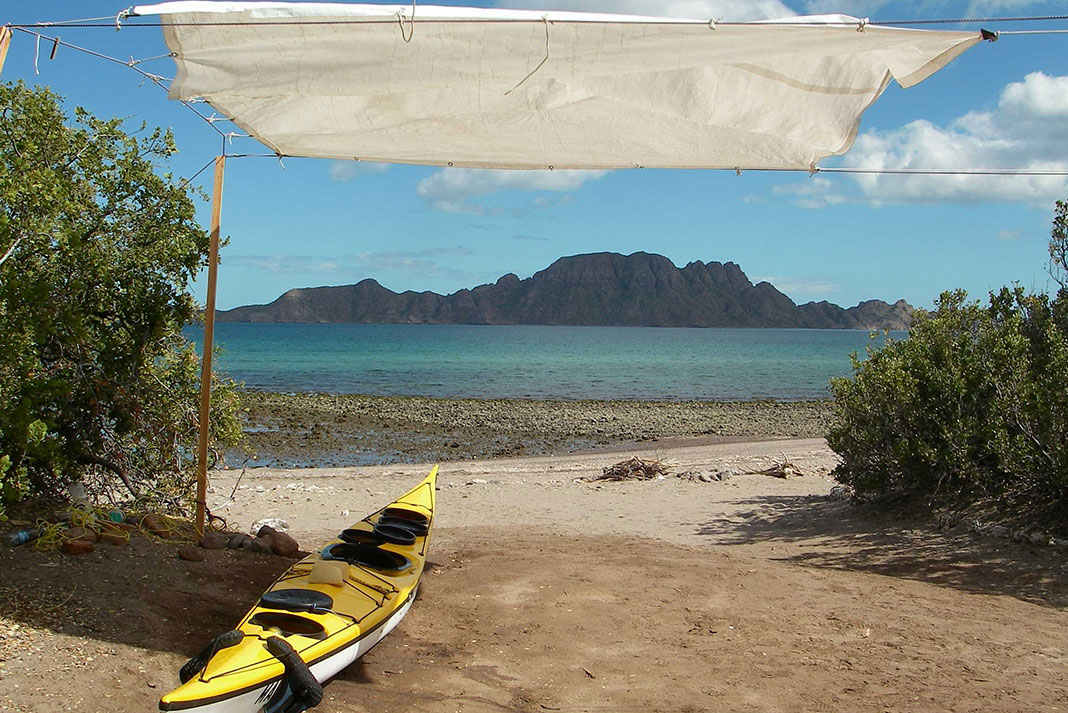
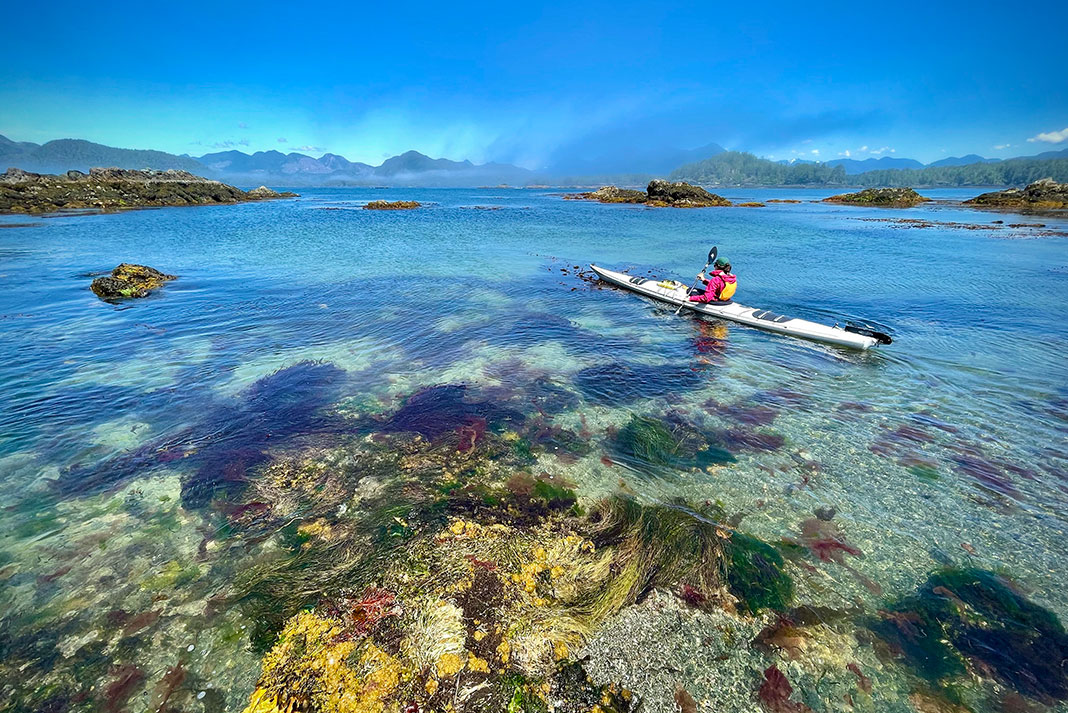
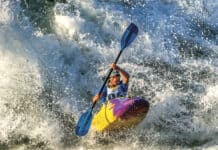
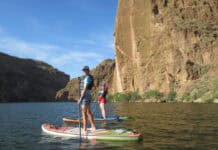
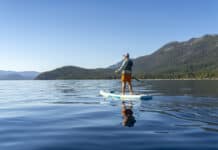
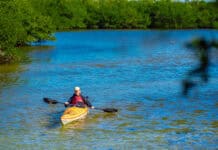
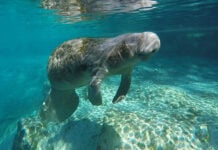


Neil,
My husband and I just finished a DIY 275-mile paddle from Playa El Coyote in Bahia Conception to La Paz. We had access to good weather information via Garmin and Windy. Although the Windy app requires the Internet, many yachts have Starlink and many small villages and beach resorts have internet. For example, in San Nicolas, the school gives public access to their government provided internet during daylight hours.
There are still many reasons to go with an outfitter. Whereas we were backpacker style, the commercials popped up camps that looked like the old Imperial African safaris! The guides we spoke to had degrees in marine biology or ecotourism and were impressive in terms of their knowledge and ability to handle multiple kayaker levels and keeping people entertained while stuck on a beach for three days due to wind.
Sincerely,
Patti Miller
Golden, CO